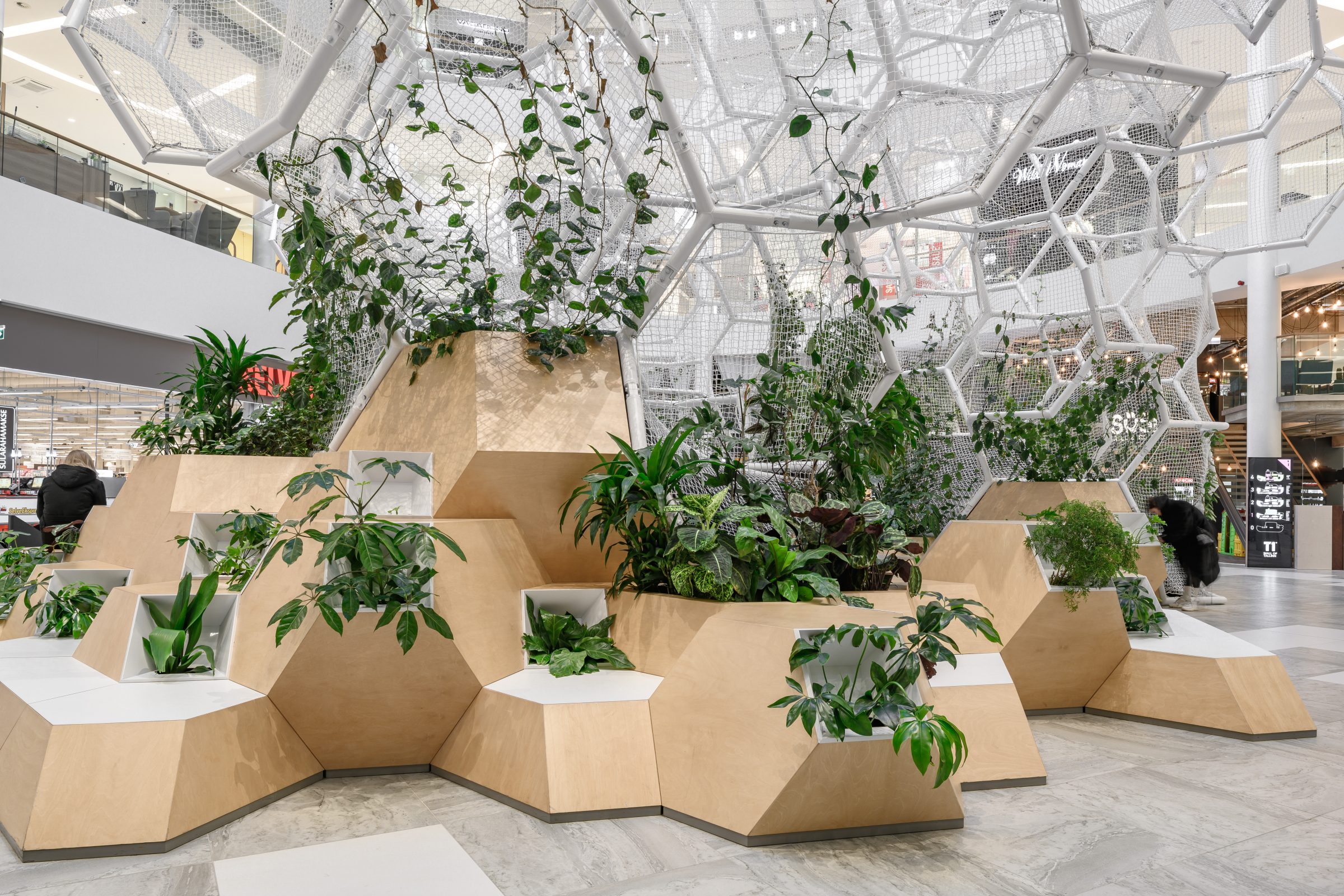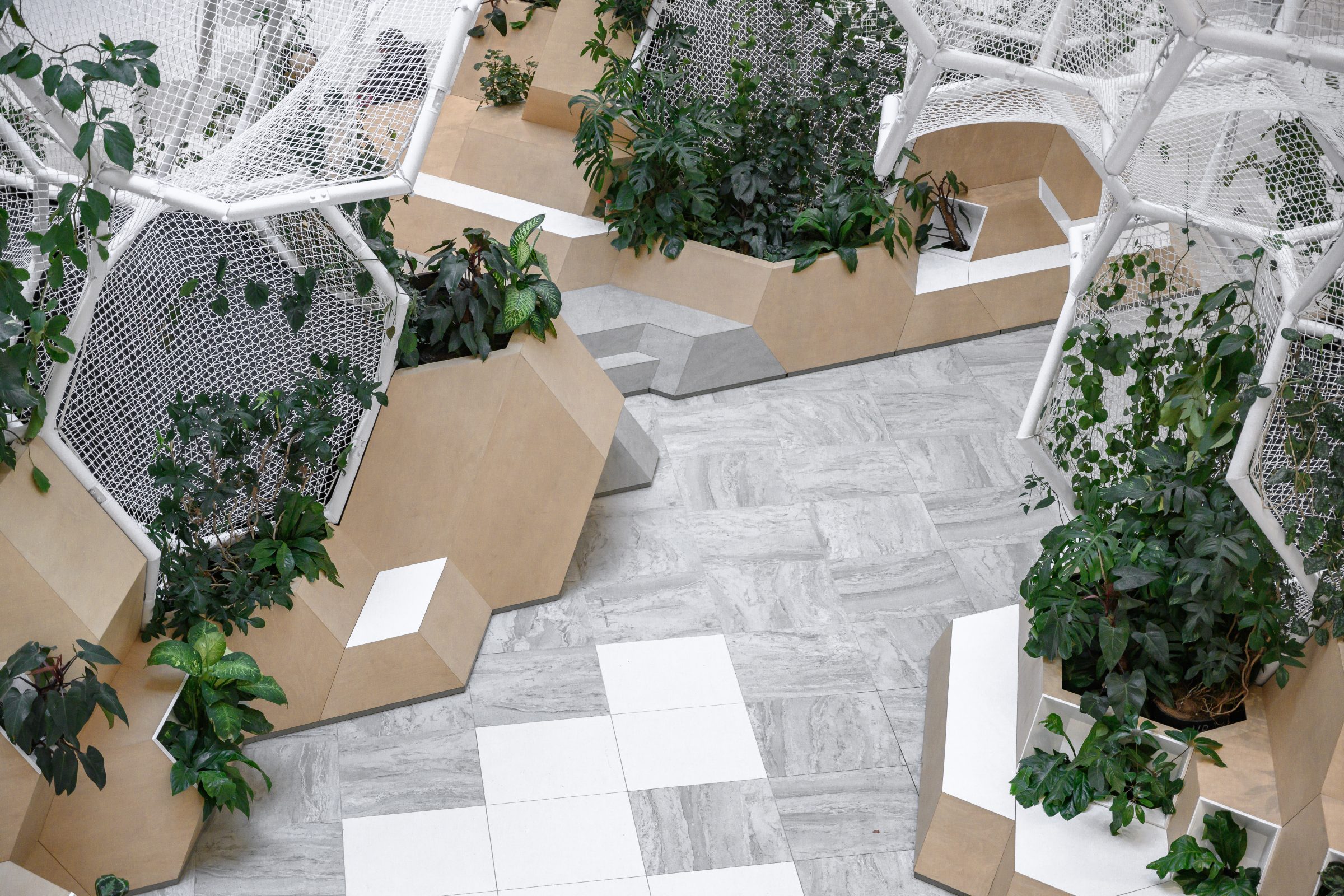Media:
ArchDaily
https://www.archdaily.com/921150/urban-jungle-vertical-park-part-architecture
Parametric Architecture
https://parametric-architecture.com/urban-jungle-vertical-park-by-part-and-kino/
EhitusEST
https://ehitusest.ee/uudis/2019/11/27/digitaalse-innovatsiooni-preemia-kandidaadid/
Postimees
https://leht.postimees.ee/6444057/uus-kaubanduskeskus-toob-pargi-tuppa55













